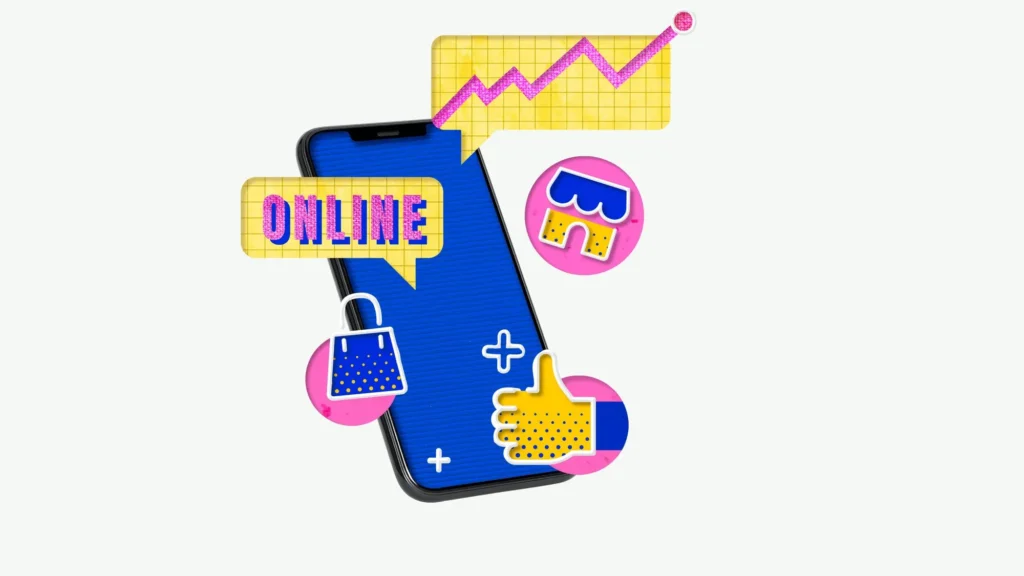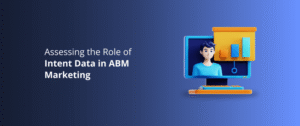
In the vast and competitive landscape of eCommerce, a one-size-fits-all approach to marketing is a recipe for mediocrity. To truly thrive and drive significant revenue growth, online retailers must embrace the power of eCommerce customer segmentation. This strategic process involves dividing your customer base into distinct groups based on shared characteristics, enabling you to deliver highly targeted and personalized experiences that resonate deeply. This guide will provide 19 actionable examples of customer segmentation examples to grow your eCommerce revenue, showcasing how precision and relevance can transform your marketing efforts and propel your business to new heights.
Why Customer Segmentation is Essential for eCommerce Growth
Market segmentation for online stores is not just a theoretical concept; it’s a practical necessity. By understanding the unique needs, preferences, and behaviors of different customer segments, you can:
- Increase eCommerce revenue with targeted customer segments: Tailor your marketing messages, product offerings, and promotions to specific groups, leading to higher conversion rates.
- Boost eCommerce conversions through personalized customer experiences: Deliver personalized recommendations, offers, and content that resonate with individual customers.
- Maximize marketing ROI with data-driven customer segmentation: Optimize your marketing spend by focusing on the most profitable customer segments.
- Improve customer retention with targeted eCommerce marketing campaigns: Build stronger customer relationships by delivering relevant and engaging experiences.
- Drive sales growth with effective customer segmentation strategies: Identify new opportunities for growth by understanding the needs of different customer segments.
- Unlock eCommerce growth with strategic customer segmentation: Gain a competitive edge by delivering exceptional customer experiences.
19 Actionable Customer Segmentation Examples for eCommerce
- Demographic Segmentation:
- Age: Target specific age groups with relevant products and messaging. Using demographic segmentation to target eCommerce customers is a fundamental approach.
- Gender: Tailor marketing campaigns to appeal to specific genders.
- Income: Offer products and promotions that align with different income levels.
- Education: Cater to customers with varying educational backgrounds.
- Geographic Segmentation:
- Location: Target customers in specific regions or countries with localized promotions. Using geographic segmentation to target local eCommerce customers is vital for local businesses.
- Climate: Offer products that are relevant to different climates.
- Psychographic Segmentation:
- Lifestyle: Target customers based on their interests, hobbies, and values. Examples of psychographic segmentation for eCommerce marketing can be very impactful.
- Personality: Cater to customers with different personality traits.
- Values: Align your marketing with the values of your target audience.
- Behavioral Segmentation:
- Purchase History: Target customers based on their past purchases. How to segment eCommerce customers based on purchase history is a very effective strategy.
- Website Activity: Segment customers based on their browsing behavior. Segmenting eCommerce customers based on website browsing behavior allows for very specific targeting.
- Email Engagement: Target customers based on their email open and click-through rates.
- Loyalty Status: Reward loyal customers with exclusive offers and promotions.
- Cart Abandonment: Target customers who have abandoned their shopping carts with personalized reminders.
- Examples of behavioral segmentation in eCommerce are numerous and highly effective.
- Customer Lifetime Value (CLTV) Segmentation:
- High-Value Customers: Focus on retaining and nurturing your most valuable customers. Using customer lifetime value (CLTV) for eCommerce segmentation can significantly increase revenue.
- Medium-Value Customers: Encourage repeat purchases and increase their CLTV.
- Low-Value Customers: Identify opportunities to increase their engagement and spending.
- New vs. Returning Customers:
- New Customers: Implement welcome campaigns and offer introductory discounts.
- Returning Customers: Reward loyalty and encourage repeat purchases.
Implementing Effective Customer Segmentation Strategies
To effectively implement customer segmentation, you need to:
- Collect and Analyze Data: Gather data from various sources, including website analytics, CRM systems, and customer surveys. eCommerce analytics is essential for this.
- Create Customer Personas: Develop detailed profiles of your ideal customers based on your data. How to create customer personas based on eCommerce segments helps to visualize and understand your customers.
- Use Segmentation Tools: Leverage tools and platforms that enable you to segment your customer base and automate targeted marketing campaigns.
- Personalize Your Marketing: Tailor your messages, offers, and content to the specific needs and preferences of each segment. How to personalize eCommerce marketing with customer segmentation is a key component.
- Test and Optimize: Continuously monitor and analyze the performance of your segmentation strategies and make adjustments as needed. Analyzing customer segments to improve eCommerce marketing ROI is vital.
- How to implement customer segmentation in your eCommerce marketing plan is a process that requires constant revision.
The Impact of Segmentation on eCommerce Revenue and Retention
The impact of customer segmentation on eCommerce customer retention is substantial. By delivering personalized experiences, you can build stronger customer relationships and increase loyalty. Furthermore, driving eCommerce revenue growth through targeted customer segments is a direct result of implementing these strategies. How to use customer segmentation to increase eCommerce sales is proven to be very effective.
How MyB2BNetwork Empowers Your Segmentation Efforts
- Advanced Data Analytics: We help you collect, analyze, and interpret customer data to identify valuable segments.
- Customer Persona Development: We assist in creating detailed customer personas to guide your marketing efforts.
- Segmentation Tool Integration: We facilitate seamless integration with leading segmentation tools and platforms.
- Personalized Marketing Automation: We help you automate personalized marketing campaigns based on customer segments.
- Performance Tracking and Optimization: We provide ongoing support to monitor and optimize your segmentation strategies.
- Best practices for customer segmentation in eCommerce marketing are implemented by our team.
- Advanced customer segmentation techniques for eCommerce businesses are used by our team.
- How to use customer segmentation for email marketing in eCommerce is something we can help with.
- How to use customer segmentation to optimize eCommerce product recommendations is a service we provide.
eCommerce customer segmentation is a powerful tool for driving revenue growth and building lasting customer relationships. By implementing the 19 examples outlined in this guide, you can unlock the full potential of your online store. MyB2BNetwork is here to support you on your journey to success, providing the expertise and resources you need to effectively segment your customer base and deliver personalized experiences that resonate.





[…] Email marketing automation: This type of automation helps you send targeted emails to your customers based on their behavior. For example, you can send an email to a customer who has abandoned their shopping cart to remind them to complete their purchase. Want to learn more about how to segment your list? Check out our blog post about customer segmentation. […]
[…] Social Media Advertising: Reaching specific customer segments with personalized ads based on their interests and […]